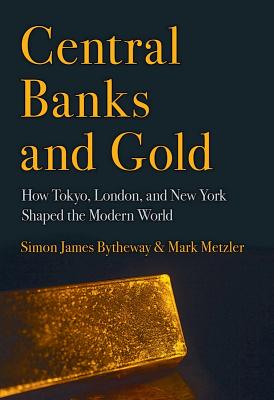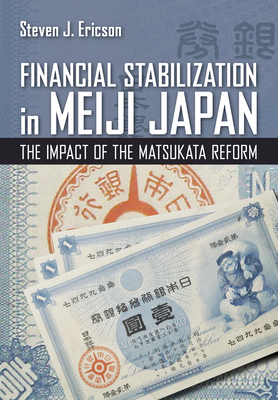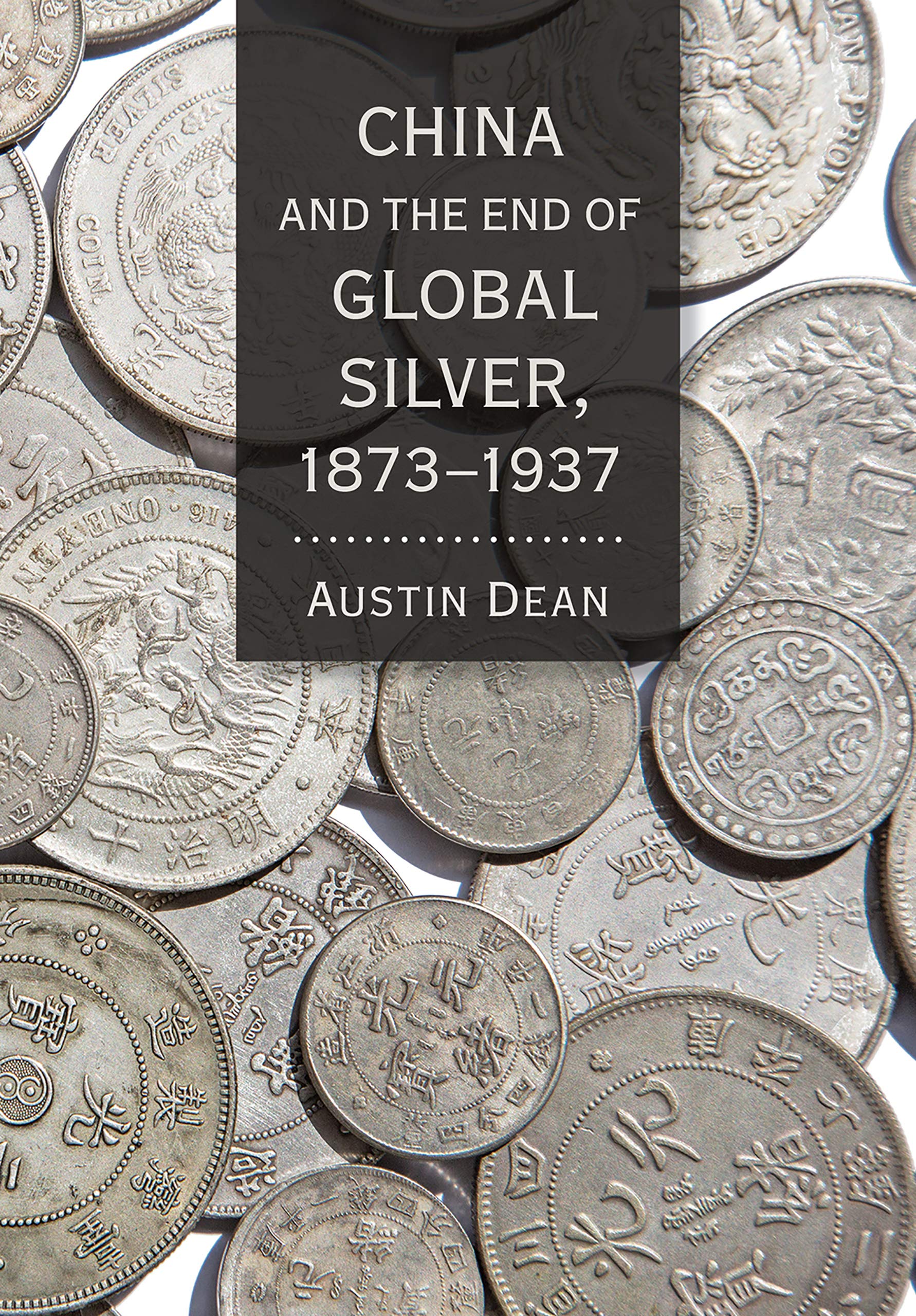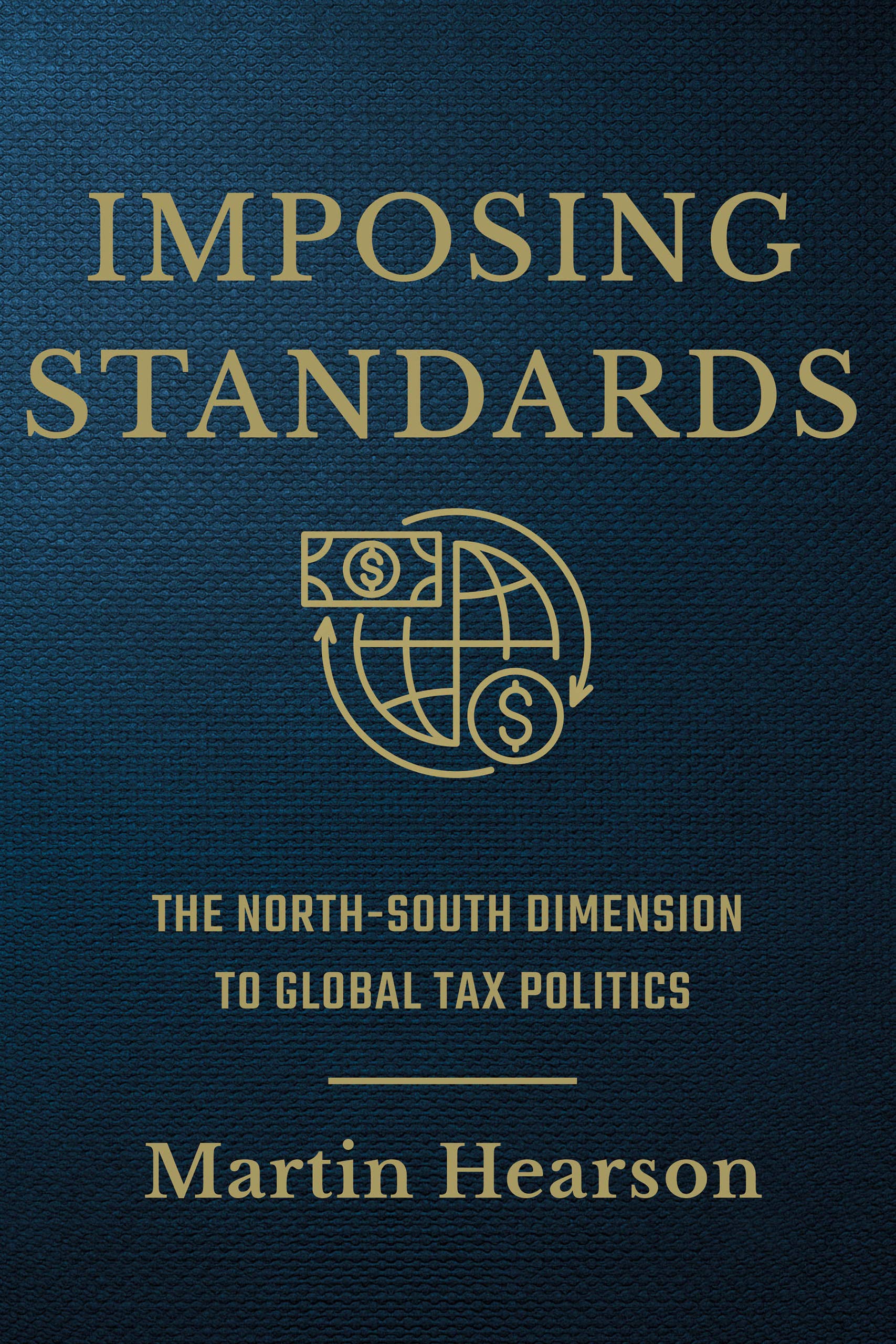


Books in series

International Monetary Power
2006

The Limits of Transparency
Ambiguity and the History of International Finance
2005

Governing Finance
East Asia's Adoption of International Standards
2008

Currency and Contest in East Asia
The Great Power Politics of Financial Regionalism
2008

Subprime Nation
American Power, Global Capital, and the Housing Bubble
2009

Regulating Capital
Setting Standards for the International Financial System
2007

A Europe Made of Money
The Emergence of the European Monetary System
2012

Capital as Will and Imagination
Schumpeter's Guide to the Postwar Japanese Miracle
2013

American Power after the Financial Crisis
2014

Ruling Capital
Emerging Markets and the Reregulation of Cross-Border Finance
2014

Demanding Devaluation
Exchange Rate Politics in the Developing World
2015

Developmental Mindset
The Revival of Financial Activism in South Korea
2016

Central Banks and Gold
How Tokyo, London, and New York Shaped the Modern World
2016

Taming Japan's Deflation
The Debate over Unconventional Monetary Policy
2018

Financial Stabilization in Meiji Japan
The Impact of the Matsukata Reform
2019

China and the End of Global Silver, 1873-1937
2020

Imposing Standards
The North-South Dimension to Global Tax Politics
2021

England's Cross of Gold
Keynes, Churchill, and the Governance of Economic Beliefs
2021

Global Finance, Local Control
Corruption and Wealth in Contemporary Russia
2021

To the Brink of Destruction
America's Rating Agencies and Financial Crisis
2021
Authors

